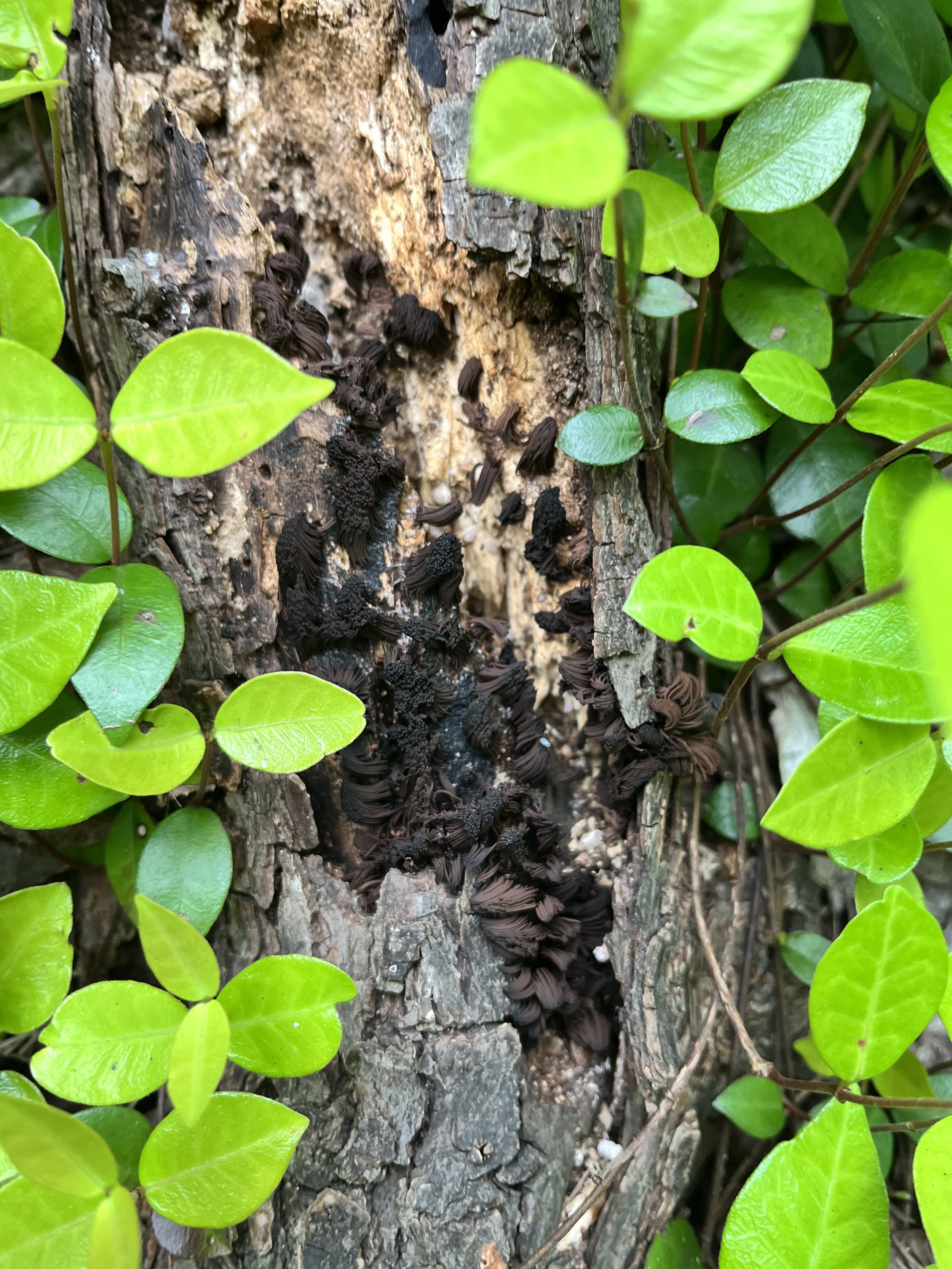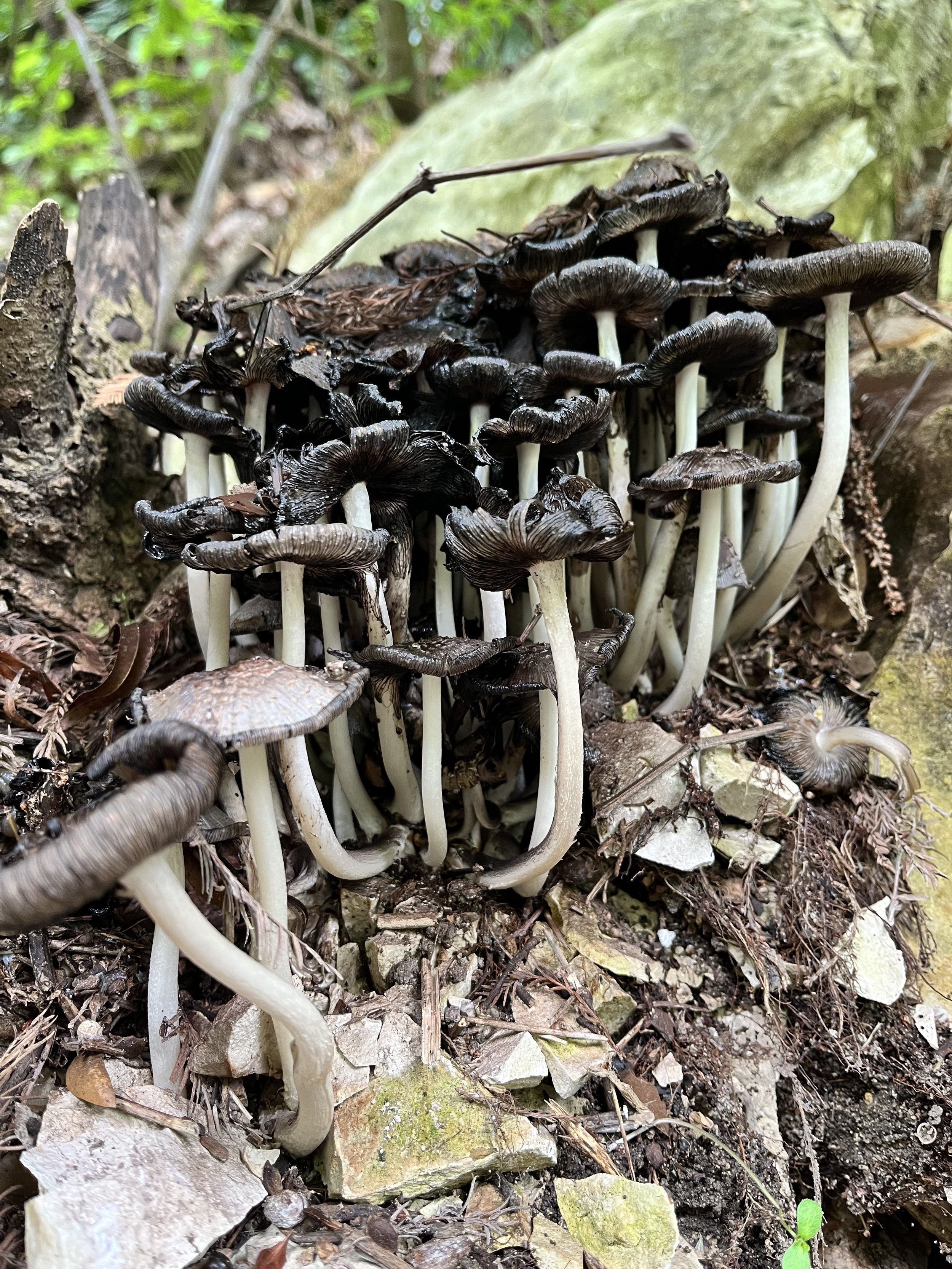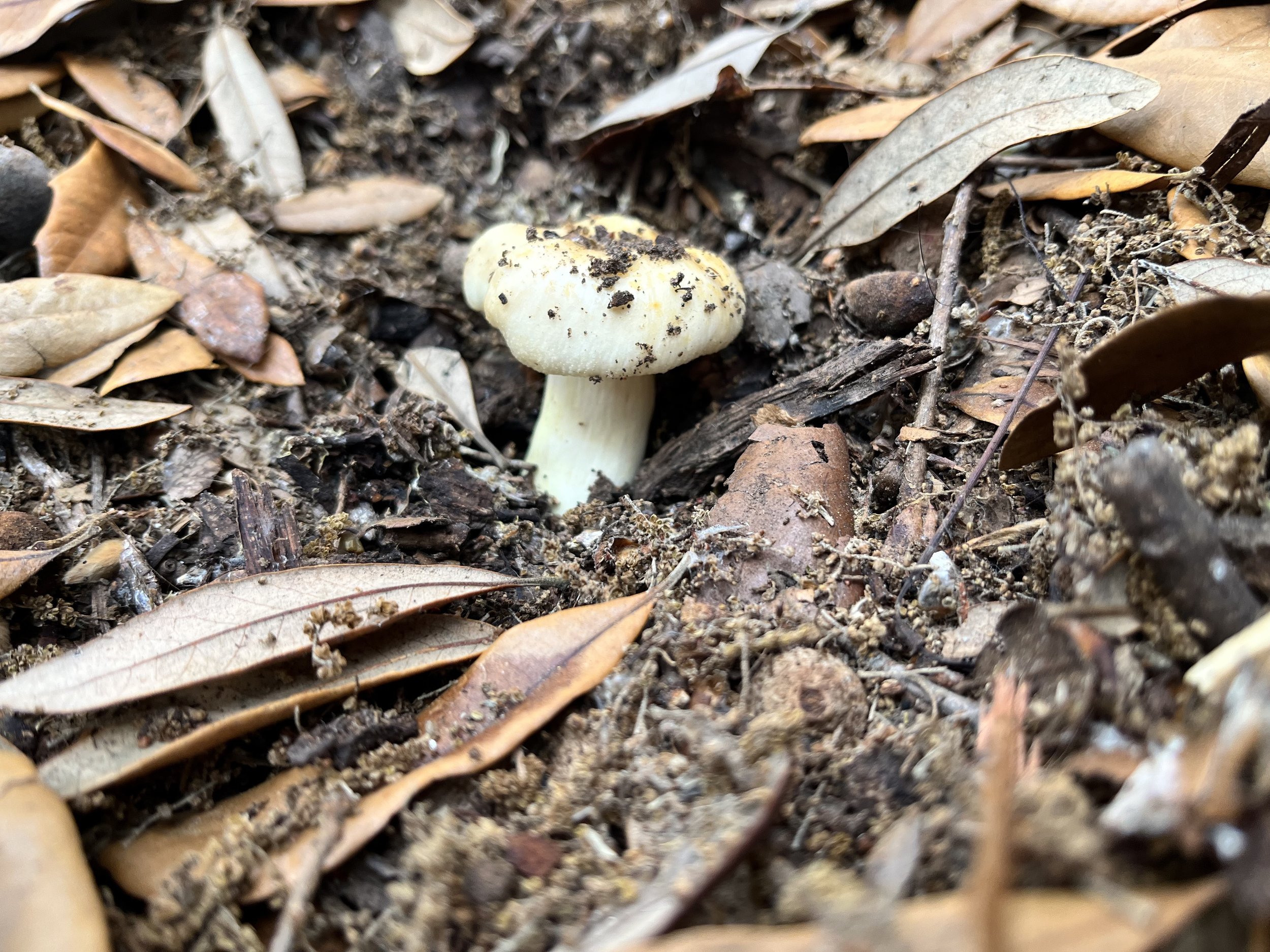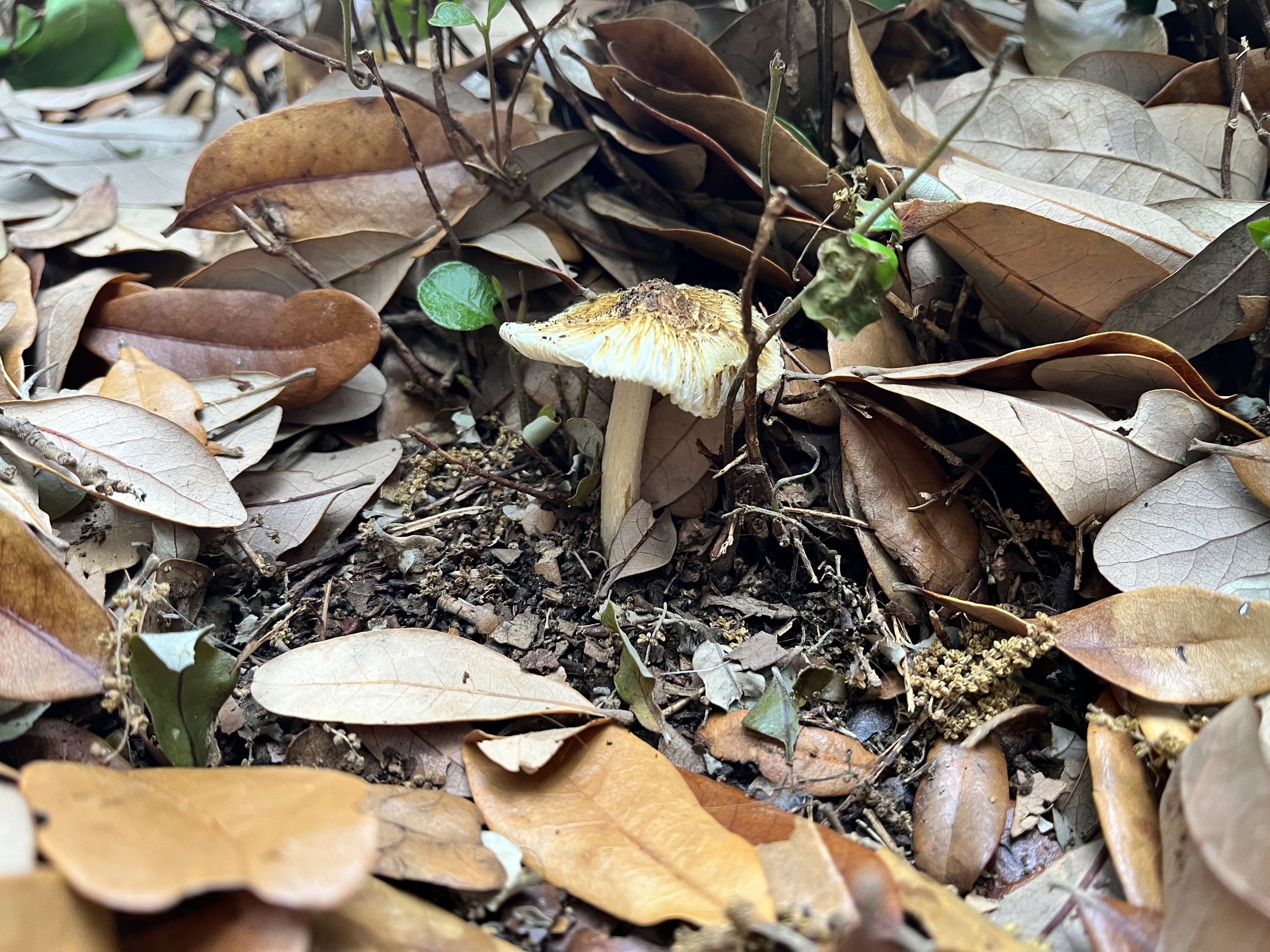Exploring the Fascination Behind Mycology with UT’s Fungus Enthusiasts
Every time you take a breath of air, you are inhaling spores. Billions of spores are produced by mushrooms and float around as the biggest amount of living biological matter in the air.
The field of mycology is dedicated to studying fungi, one of the many forms of life spores create. At the University of Texas at Austin, student leaders of the Longhorn Mycological Society said the organization brings students who share a passion for fungi and mushrooms together.
“One big specimen of a puffball [mushroom], which is one of the bigger mushroom types, can produce seven trillion spores,” Shrey Baranga, co-president of Longhorn Mycological Society, said. “Trillion with a T! [It’s] pretty crazy to think about.”
Mycology suffers from the common misconception that mushrooms are dangerous. Yet, many will be surprised to learn no harm can be caused by touching mushrooms. Trained mycologists even taste mushrooms in order to identify, although it is not encouraged for non-professionals to go into the wild and start eating handfuls of mushrooms.
People also commonly think about fungi as it relates to “getting high,” said Riyad Tizani, event coordinator for Longhorn Mycological Society.
“Not to completely dismiss or talk down on psilocybin or psychedelic mushrooms at all, [but] it’s just that there’s so much to learn, there’s so much to study, there’s so many different applications of mushrooms,” Tizani said.
Many of the students in the Longhorn Mycological Society have vastly different reasons as to why they have become fascinated with mushrooms.
Tizani, for instance, said their initial interest in mushrooms was sparked through art. From there, they became intrigued with knowing all their types of uses, identifying the mass diversity and discovering unknown species.
On the other hand Kamil Mutlacan, Longhorn Mycological Society co-president, said the functional and culinary aspects of mushrooms sparked his interest. He is fairly interested in gardening, but because he lives in an apartment, he had to learn what mushrooms grow best in that type of environment, such as oyster mushrooms, which are fairly easy to grow.
His favorite dish to cook with mushrooms is pasta, specifically Morel mushrooms. Mutlacan said they often like to dream about an “amazing morel ravioli [they had] way back in the day.” He likes to experiment with meat substitutes, such as enoki mushroom when it’s deep-fried, as it makes for good chicken substitutions since it's stringy and small.
There are 2m fungi species waiting to be discovered. There are some fungi species capable of breaking down plastic polymers, becoming brain enhancing supplements, and even have therapeutic applications.
Following a long period of inactivity, the Longhorn Mycological Society was revived into motion this school year with social and educational events.
Activities such as painting wooden mushrooms, embarking on mushroom identifying walks, and beginning ongoing cultivation projects where students grow mushrooms, gained the attention of many UT students.
More recently, the student organization hosted a mushroom walk at Waller Creek in Austin, Texas on March 31, 2024. Baranga said they identified the ‘chocolate tube slime’, along with a huge cluster of mushrooms.
For first time mushroom foragers, members of the organization recommended they wait until a few days after it rains and then begin looking in mulch-covered soil areas. Tree stumps and logs are also great places to search. Many of them recommend going with a field guide or in groups to identify mushrooms.
“Just look for something that's standing out a little bit, that's a little different,” Baranga said. Students also said to not get discouraged if you mistake a rock for a mushroom, as that typically happens. Mushrooms are usually found under leaves, so don’t be afraid to move things around and get a little dirty!
Photo Courtesy of Longhorn Mycological Society


